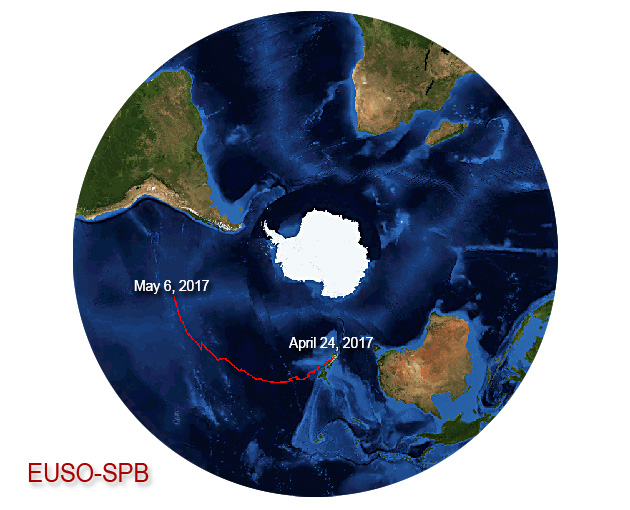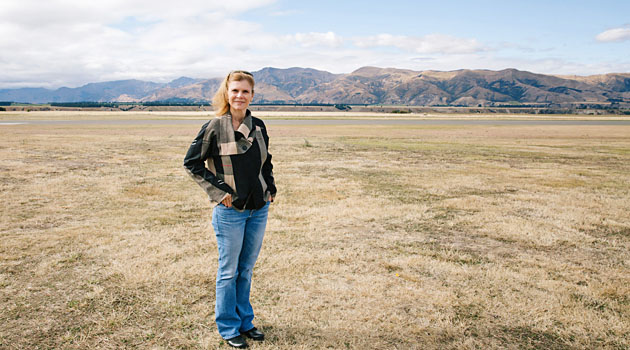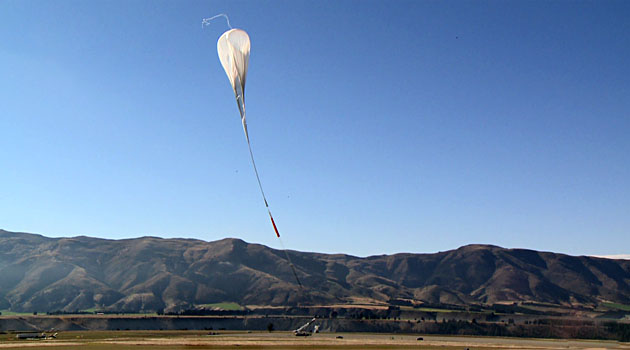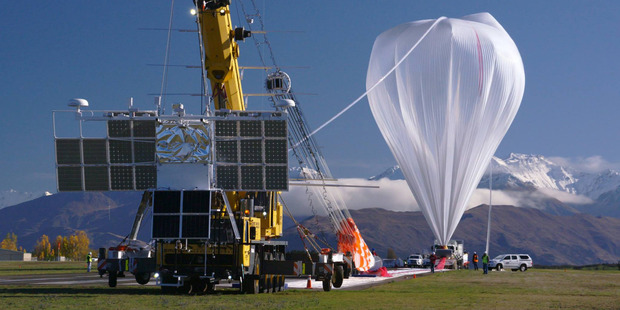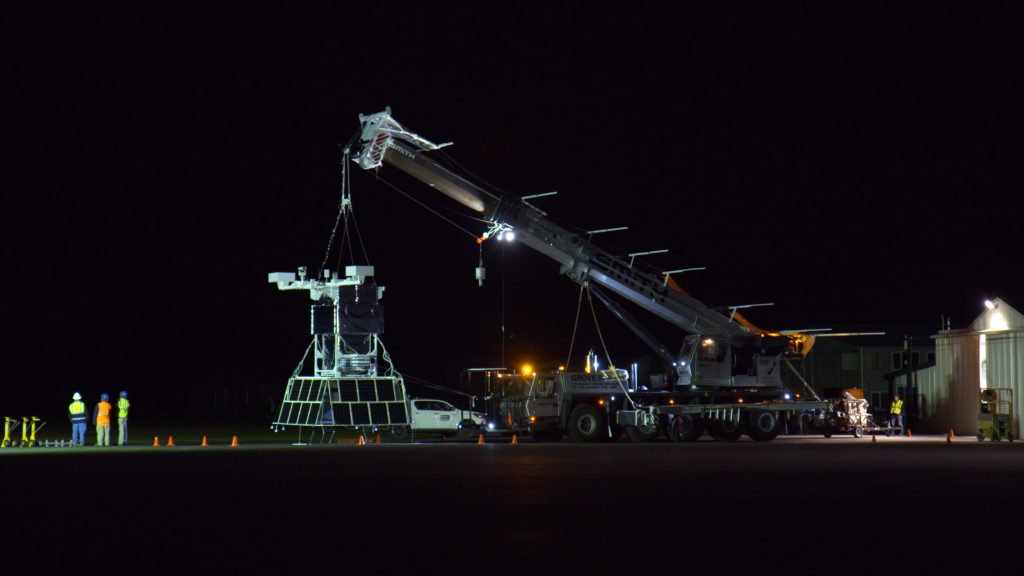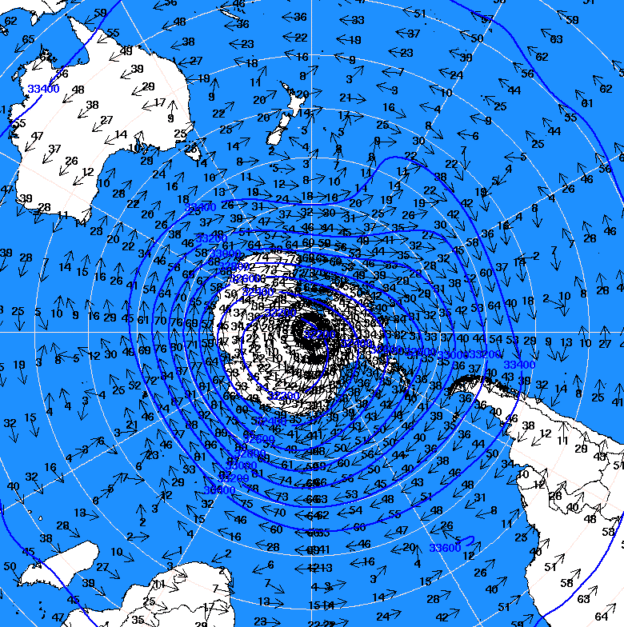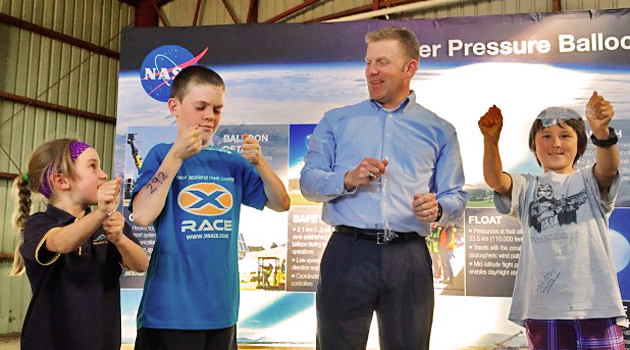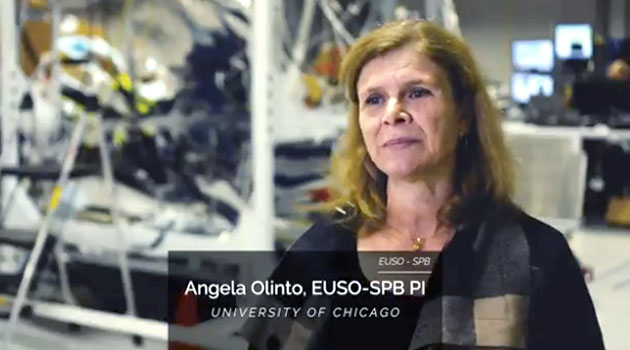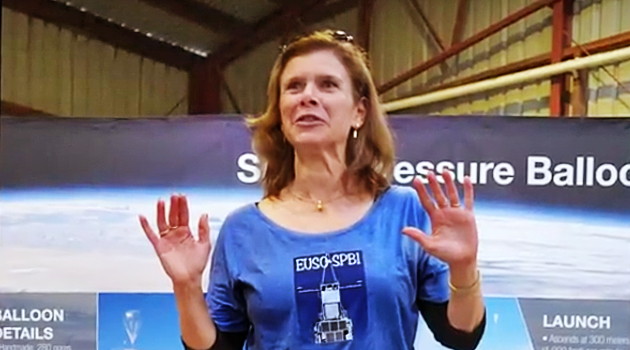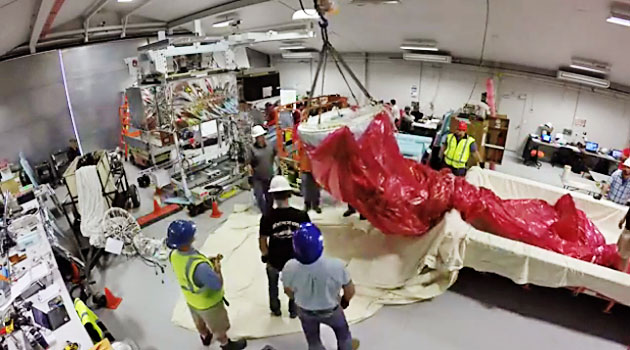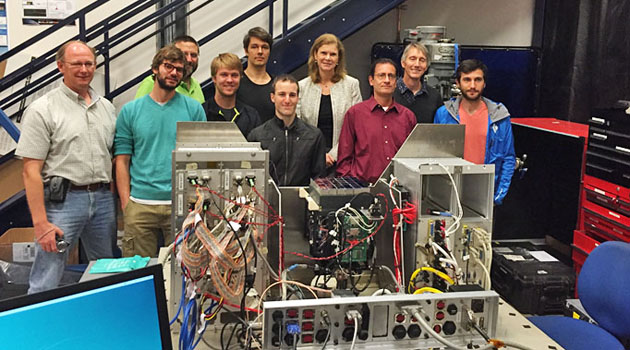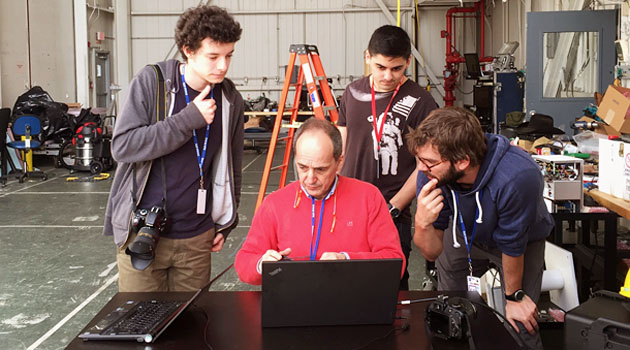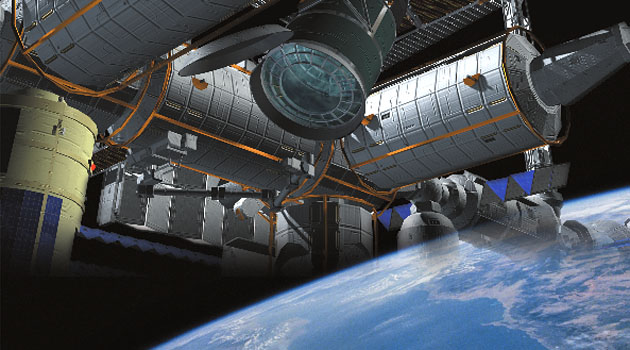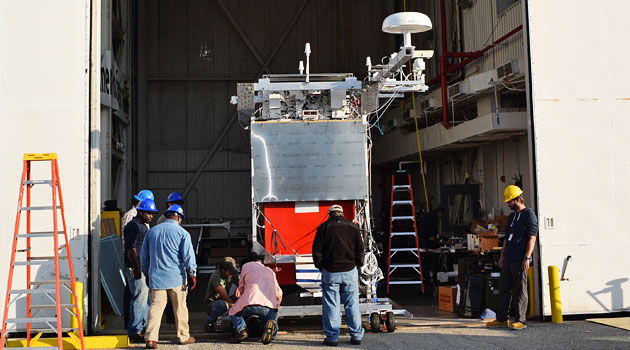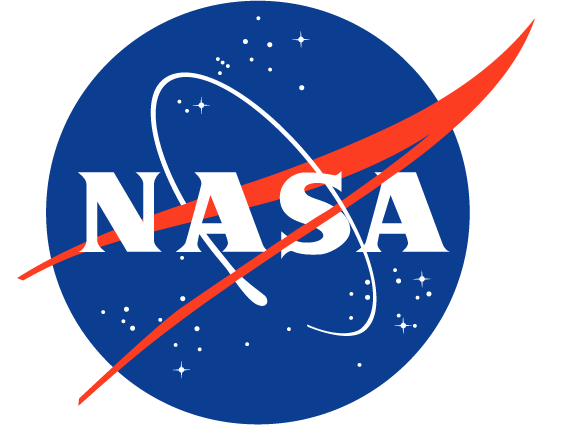| Home | Overview | Science | Instrument | Follow | Collaboration | Publications | Highlights | Photos | JEM-EUSO | UChicago |
Highlights
|
EUSO-SPB Highlights, 2017
21st JEM-EUSO International Meeting June 19-24, 2017 in Chicago, IL, USA The Kavli Institute for Cosmological Physics (KICP) at the University of Chicago hosted on June 19-24 the 21st JEM-EUSO International Meeting and on June 23-24 the POEMMA Meeting.Learn more >> NASA Completes Balloon Technology Test Flight May 6, 2017 by Jeremy Eggers NASA completed its third mid-latitude Super Pressure Balloon (SPB) flight at 11:24 p.m. EDT, Saturday, May 6, after 12 days, 4 hours and 34 minutes aloft. Flight controllers at NASA’s Columbia Scientific Balloon Facility in Palestine, Texas, conducted a controlled flight termination of the balloon, which slowly descended back to Earth impacting in the South Pacific Ocean about 200 miles south of Easter Island.Learn more >> A Cosmic-Ray Hunter Takes to the Sky by Natalie Wolchover, Quanta Magazine Angela Olinto's new balloon experiment takes her one step closer to the unknown source of the most energetic particles in the universe. In April 25, at 10:50 a.m. local time, a white helium balloon ascended from Wanaka, New Zealand, and lifted Angela Olinto's hopes into the stratosphere. The football stadium-size NASA balloon, now floating 20 miles above the Earth, carries a one-ton detector that Olinto helped design and see off the ground. Every moonless night for the next few months, it will peer out at the dark curve of the Earth, hunting for the fluorescent streaks of mystery particles called ''ultrahigh-energy cosmic rays'' crashing into the sky.Learn more >> EUSO-SPB has been launched April 24, 2017 at Wanaka Airport, New Zealand EUSO-SPB launched today from Wanaka, New Zealand: Video NASA launches super pressure balloon in Wanaka April 24, 2017 at Wanaka Airport, New Zealand A stadium-sized balloon launch conducted by Nasa is going ahead in Wanaka after seven failed attempts. Nasa will be conducting a super-pressure balloon test flight from Wanaka on a planned 100-day journey. If the weather is conducive, lift-off is scheduled between 9.30am and 11.30am.Learn more >> Low Pressure System Thwarts Super Pressure Launch Efforts April 10, 2017 at Wanaka Airport, New Zealand Multiple areas of low pressure with associated precipitation and unfavorable winds have settled in over New Zealand preventing NASA from attempting a super pressure balloon launch from Wanaka over the next several days.Learn more >> NASA Postpones Super Pressure Balloon Launch April 7, 2017 at Wanaka Airport, New Zealand NASA postponed the scheduled launch of its super pressure balloon (SPB) from Wanaka, New Zealand, at 2 a.m. Saturday, April 8 (New Zealand time) due to unacceptable stratospheric weather conditions for operations. NASA will announce by 2 p.m. Saturday, April 8, whether or not Sunday’s weather will support a launch attempt.Learn more >> NASA to launch telescope on super-pressure balloon in search for cosmic rays By Greg Borzo, UChicago News, April 5, 2017 ''We're searching for the most energetic cosmic particles that we’ve ever observed,'' said Angela V. Olinto, the Homer J. Livingston Distinguished Service Professor at the University of Chicago and principal investigator of the project, known as the Extreme Universe Space Observatory-Super Pressure Balloon. ''The origin of these particles is a great mystery that we'd like to solve. Do they come from massive black holes at the center of galaxies? Tiny, fast-spinning stars? Or somewhere else?''Learn more >> Balloon Weather: When Conditions Align on the Ground, Lower-levels and in the Stratosphere March 29, 2017 at Wanaka Airport, New Zealand This graphic of the stratospheric winds at a pressure altitude of 7 millibars, roughly 33.5 km or 110,000 feet, valid as of March 29, shows the winter stratospheric cyclone about Antarctica set-up, but with a pocket of light, variable winds above the balloon program’s Wanaka, NZ, launch site.Learn more >> NASA grilled and thrilled by Wanaka super pressure balloon fans March 28, 2017 by MARJORIE COOK, The Press (press.co.nz) NASA communications chief Jeremy L Eggers (centre) plays with stretchy super pressure balloon plastic material with Genevieve Schmidt, 7, Ben McMurray, 10, and Kenn Ishii Palmer, 10.Learn more >> Balloon-Borne Science Instrument Uses Earth’s Atmosphere to Detect Cosmic Rays March 27, 2017 at Wanaka Airport, New Zealand Angela Olinto, professor at the University of Chicago and EUSO-SPB principal investigator, discusses the mission, science, and team behind it.Learn more >> NASA grilled and thrilled by Wanaka super pressure balloon fans March 28, 2017 by MARJORIE COOK, The Press (press.co.nz) Professor Angela Olinto, chair of Astronomy and Astrophysics, University of Chicago; and project manager Professor Lawrence Wienke, of the Colorado School of Mines.Learn more >> Acting U.S. Ambassador to New Zealand Visits NASA’s Super Pressure Balloon Operations in Wanaka March 23, 2017 at Wanaka Airport, New Zealand The acting U.S. Ambassador to New Zealand, Chargé d’Affaires Candy Green (second from right), visited Wanaka Airport March 23 to see NASA’s Super Pressure Balloon Operations first-hand. With (left to right), Rachel Gregg, Engineering Physics undergraduate student, Colorado School of Mines; Debbie Fairbrother, Chief, NASA’s Balloon Program Office; and Angela Olinto, University of Chicago, Principal Investigator of the Extreme Universe Space Observatory (seen in the background). Image Credit: NASA/Bill RodmanLearn more >> EUSO-SPB Open House event March 23, 2017 at Wanaka Airport, New Zealand Prof. Angela Olinto, University of Chicago, Principal Investigator of the Extreme Universe Space Observatory (JEM-EUSO) at the EUSO-SPB Open House event.Learn more >> EUSO-SPB Hang Tests March 23, 2017 (Wanaka, New Zealand) NASA’s Scientific Balloon Team kicked off a day-long hang test of the Extreme Universe Space Observatory-Super Pressure Balloon (EUSO-SPB) payload March 23, a key step to certifying the flight readiness of this year's super pressure balloon mission lifting off from Wanaka, New Zealand.Learn more >> March 20, 2017 - Super Pressure Balloon Parachute Integration NASA's Super Pressure Balloon launch window opens March 25 Operationally, all the balloon systems -- power, communications, telemetry, etc. -- need to be checked out and tested. Today the team completed a test integrating the balloon to the recovery parachute. Later this week, the team will conduct a hang test of the integrated payload/gondola -- literally suspending the payload from the launch vehicle -- to ensure system compatibility prior to operations.Learn more >> Superpressure Balloon The instrument will be carried by a superpressure balloon at a float altitude of 38 km. The superpressure balloon is designed by and will send data to NASA's Columbia Scientific Balloon Facility. EUSO-SPB Collaboration Collaborators at the instrument construction site in 2016. EUSO-SPB is a collaboration of 280 researchers from 13 countries and 77 institutions.Learn more >> EUSO-SPB: Fresnel lens As the light travels through the box, a system of three Fresnel lenses will focus it on the photon detection module (PDM) and provide chromatic correction. Because the fluorescence spectra of EASs are in the ultraviolet, the PDM includes ''a UV filter assembly that passes light between 290 nm and 430 nm.'' The PDM is 2304 pixels which each have a 0.25x0.25 FoV.Learn more >> EUSO-SPB - Preparing for Launch Instrument hang test: November 17, 2016 in Palestine, Texas An international collaboration built the Extreme Universe Space Observatory (EUSO) on a super pressure balloon (SPB) to be the first to detect UHECR fluorescence from above. EUSO-SPB will fly this Spring and inform future space missions designed to unveil the extreme energy cosmic frontier. JEM-EUSO experiment Extreme Universe Space Observatory at the Japanese Module of the International Space Station The JEM-EUSO experiment, Extreme Universe Space Observatory at the Japanese Module of the International Space Station, is the first space mission devoted to the scientific research of cosmic rays of the highest energies. The super-wide field of view telescope looks down from the International Space Station onto the night sky to detect UV photons emitted from air showers generated by UHECRs in the atmosphere. It will collect the highest rate of extreme energy cosmic rays and look for showers produced by neutrinos and photons.Learn more >> EUSO-SPB construction The EUSO-SPB instrument will consist of a 1 meter UV telescope contained in a gondola box. As the instrument is carried at a float altitude of around 38 km, light will enter through the bottom of the box.Learn more >> EUSO-SPB - Preparing for Launch Instrument hang test: November 17, 2016 in Palestine, Texas An international collaboration built the Extreme Universe Space Observatory (EUSO) on a super pressure balloon (SPB) to be the first to detect UHECR fluorescence from above. EUSO-SPB will fly this Spring and inform future space missions designed to unveil the extreme energy cosmic frontier. |


